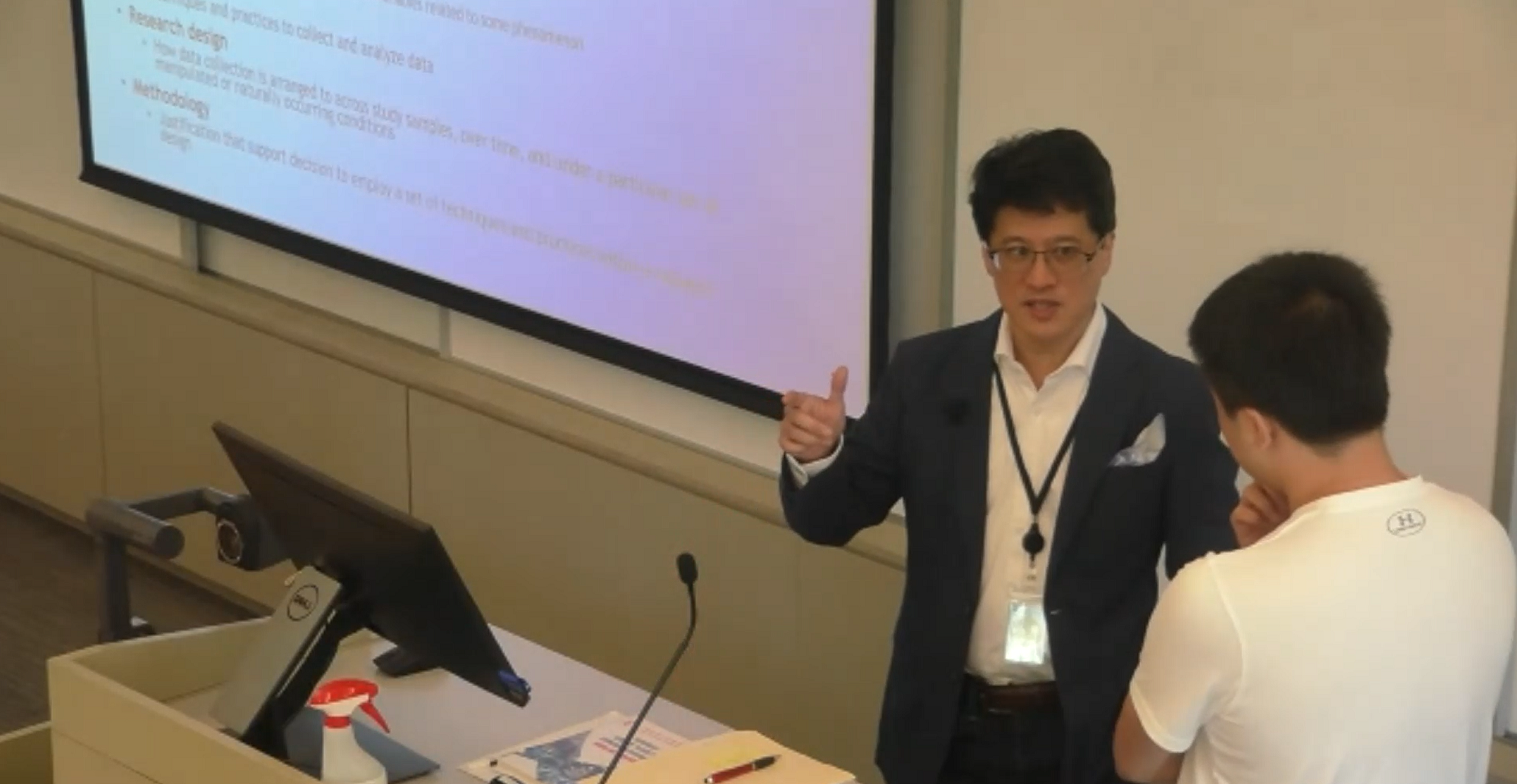Adrian C. Ott, CEO and founder of Exponential Edge Inc., included me on her distribution list for an advanced reading copy of her new book, The 24-Hour Customer. I cannot say enough good things about this book. In my mind, the book is excellent for executives, strategists, marketing, and innovators. From a strategy perspective, the approaches are well-structured and remind me of timeless, Michael Porter-esque classics. Yet the book goes beyond the classics and uses examples in the book that are cutting-edge, modern, timely, and technology-rich. Above all, Adrian Ott provides an innovative treatment of customer segmentation based on their propensity to pay attention and spend time. She additionally sheds light on various tools that can be exploited specifically with respect to dimensions of time and customer values. In this post, rather than addressing an overview of Adrian Ott’s total approach, I’ll simply point out one of the key frameworks and cover why it renews and gives marketing segmentation the respect it deserves.
One of the biggest laments I hear from marketing professors at various universities is with respect to how students and undergraduates look at marketing segmentation. Marketing segmentation is about subdividing markets into subsets of customers that behave similarly or have similar needs. But the craft of identifying segments is often under-appreciated or rushed. My wife, a professor of marketing at the UCLA Anderson School of Management, has often characterized a segmentation “pecking order” to students:
Segment based on “why” customers purchase first. Then look at what they purchase, how they purchase, and who purchases. (The Why/What/How/Who marketing segmentation pecking order)
The biggest segmentation error that people tend to make is that they start with the “who” because it is the most salient. Suppose one wanted to have a business that sold roses. If you started with the “who” dimension, you might start with a marketing segmentation strategy that is focused on middle-class families in a metro area. But a better strategy is to start by thinking about “why” people purchase. By engaging in this research, you might unearth important consumer behavior and situational aspects. For example, many males buy roses last-minute because they need to improve prospects with a key relationship. “Last-minute” is a key reason why people purchase – hence the presence of roses in places like grocery stores, 7-Elevens, and entrepreneurial, street-side vendors.
With that perspective on common customer segmentation errors as backdrop, Adrian Ott’s book offers up a series of methods and tools for understanding and applying how time (and the scarcity of time) affects a company’s potential approaches to engaging customers. One key tool (the “Time-ographics Framework”) that Adrian uses in her book is depicted below (image reproduced with permission of author and publisher):
The Time-ographics Framework relates a customer’s propensity to spend time with the propensity to pay attention. (Yes! It is focused on teasing out the details of “why” people really purchase!) The significance of the stratification Adrian uses is that in order to play in one quadrant, one often needs to develop separate and specialized strategies. For example, to play in the “Habit” quadrant, one often has to tie into regular routines that cue the customer. Adrian Ott cites the example of P&G’s Febreeze, which was a great product that initially failed in the market because people forgot to use it. Once P&G helped to tie the image of Febreeze with the notion of the daily task of tidying up a room, Febreeze turned the situation around into one of the fastest growing brands. As another example in the “Motivation” quadrant, Adrian Ott introduced me to the concept of geocaching (which I have since purchased software and taken up with my kids). At risk of selling geocaching short, geocaching is basically a worldwide treasure hunt and trinket exchange system where users use global positioning systems (GPS) on their mobile phones to locate hidden boxes all around us (yes, sometimes hidden everyday in parking lots, by restaurants, etc.). Services by http://www.geocaching.com enable people to use slices of time to embark on quick, mysterious adventures. My kids are “motivated” by the mystery to check on the position of geocaches near us. Sometimes we’ll take a 1000-foot detour to find a hidden magnetic Altoids box that someone has tacked on the back of a fire hose box (where we drop off some items and pick up things like foreign coins, coupons, etc.). To bring Adrian Ott’s framework back full circle, she addresses the challenges of products in each Time-ographics quadrant and key tools that can be used for each.
The 24-Hour Customer is a book with rich thinking. It is sure to become a definitive source for professionals with respect to time-strategies, very current company examples and case studies, and timeless treatment of a marketing segmentation area that has not been comprehensively addressed before.
Adrian, excellent work on the book!
Update (6/30/2010): Catchy teaser video on Time-onomics just released. Link here.
